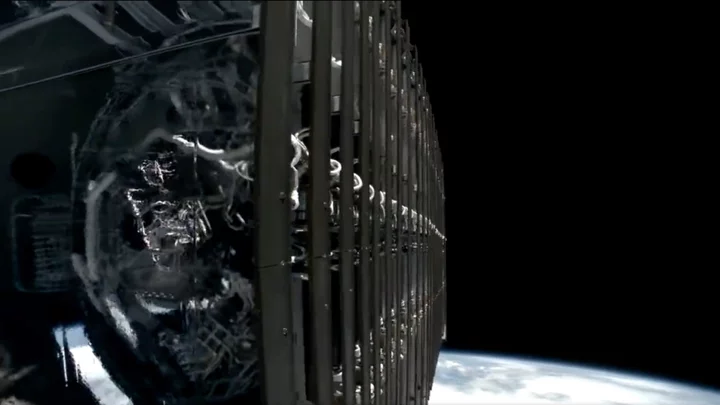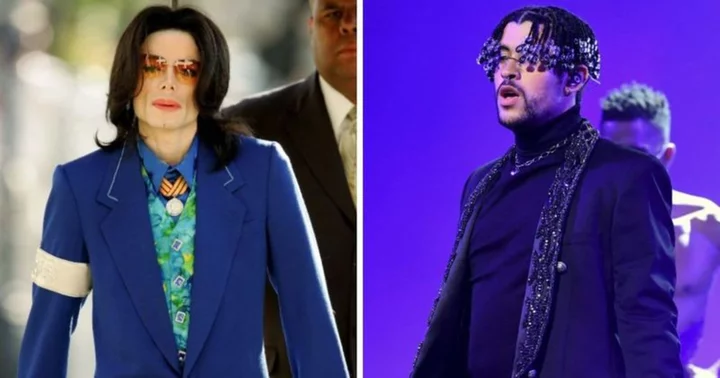SpaceX is providing a new look at the company’s second-generation Starlink satellites — this time from Earth’s orbit.
The company on Friday launched 22 more Starlink satellites into space using a Falcon 9 rocket. As the hardware was released into orbit, the company’s rocket captured video of the satellites, including a new feature designed to prevent interference with ground-based astronomy.
As you can see, the satellites float into space, looking more like mirrors. That’s because SpaceX has been upgrading its second-generation Starlink satellites with a new “dielectric mirror film” that’s designed to scatter sunlight away from Earth.
The company developed the mirror film amid concerns about Starlink satellites reflecting too much sunlight from Earth’s orbit and photo-bombing astronomy images. The first-generation Starlink satellites previously came with built-in “sun visors” to prevent sunlight from hitting the hardware, but they created atmospheric drag, and required the satellites to expend more fuel.
To replace the visors, Space revealed it had been developing “RF(radio frequency)-transparent mirror films” to mitigate sunlight reflections.
The reflection of an older Starlink Wi-Fi router sitting on top of the first- and second-generation dielectric mirror film for the Starlink satellites. (Credit: SpaceX)“SpaceX has maximized the film’s specular scatter through extensive research and iteration,” the company said in a document last year. “The core of the film is a Bragg mirror, which includes many thin layers of plastic with different refractive indices that create interference patterns internally to reflect light, but allow radio waves to pass through unimpeded.”
The same second-generation satellites have also been built with a “Low Reflectivity Black” paint across the hardware’s angled surfaces. Combined with the mirror film, the results can “absorb and redirect light away from the ground,” SpaceX tweeted on Saturday.
Time will tell if the new components will make a difference on preventing interference with astronomical observations. In the meantime, the company currently has 4,764 Starlink satellites in orbit, according to astronomer Jonathan McDowell, who has been tracking Starlink launches. But SpaceX envisions eventually launching tens of thousands of satellites into orbit to improve the speeds and coverage for Starlink.









